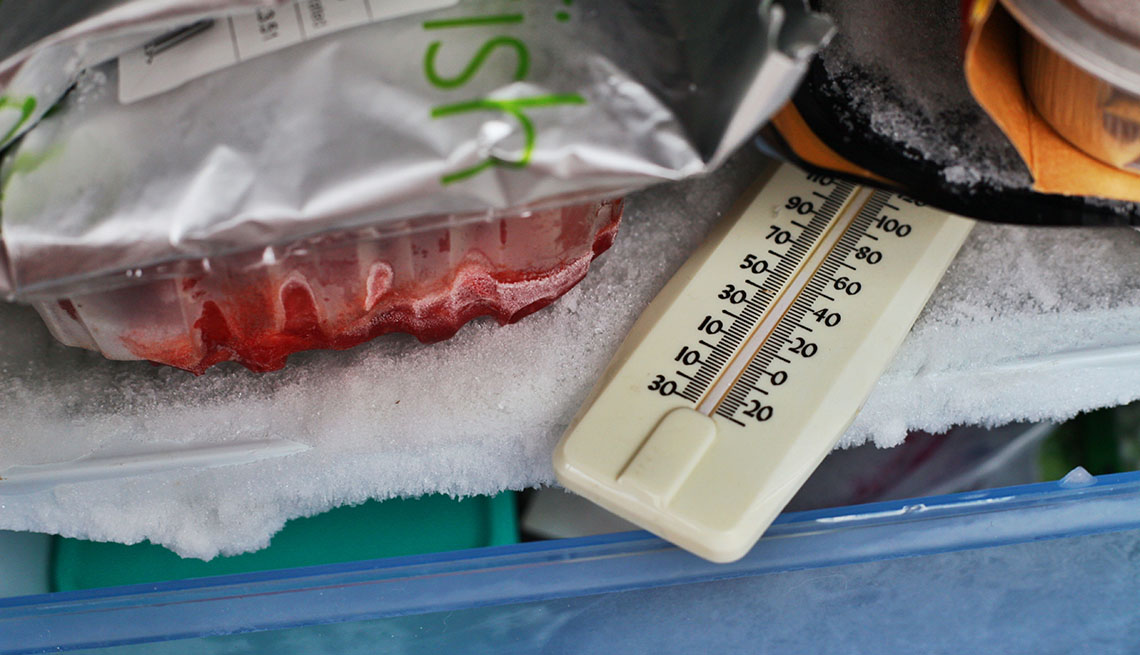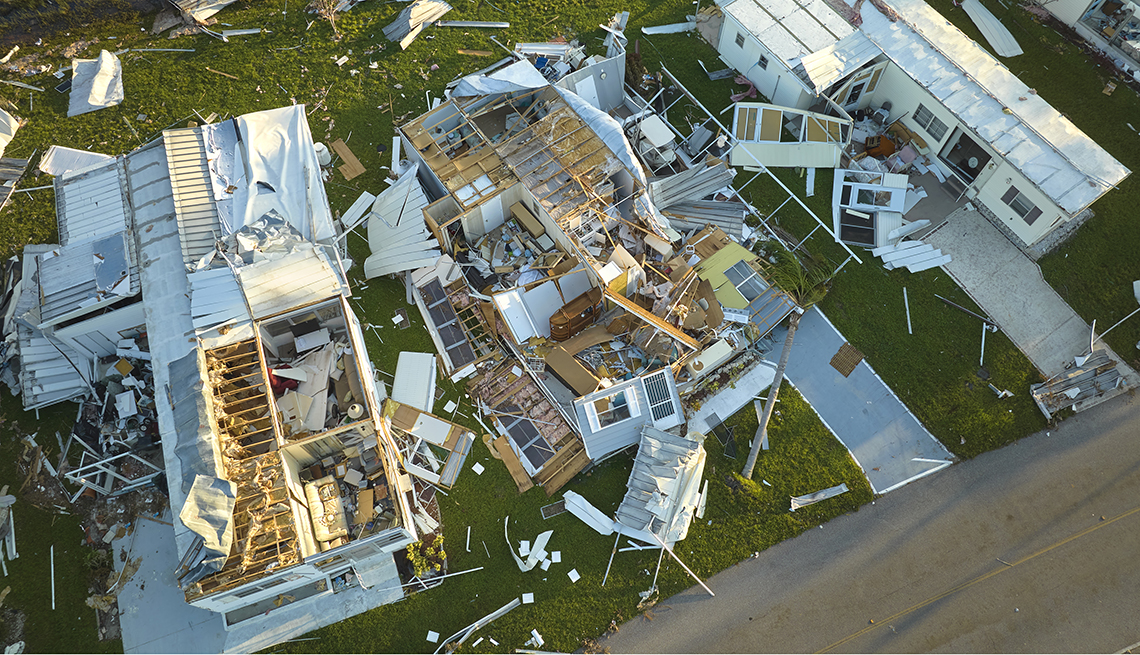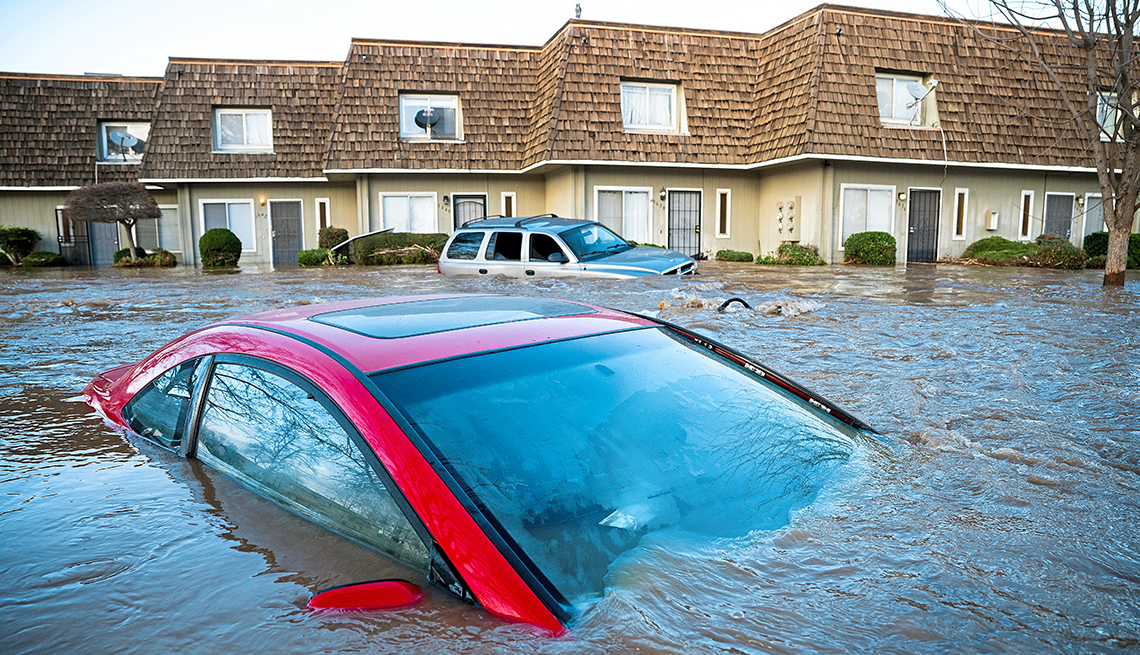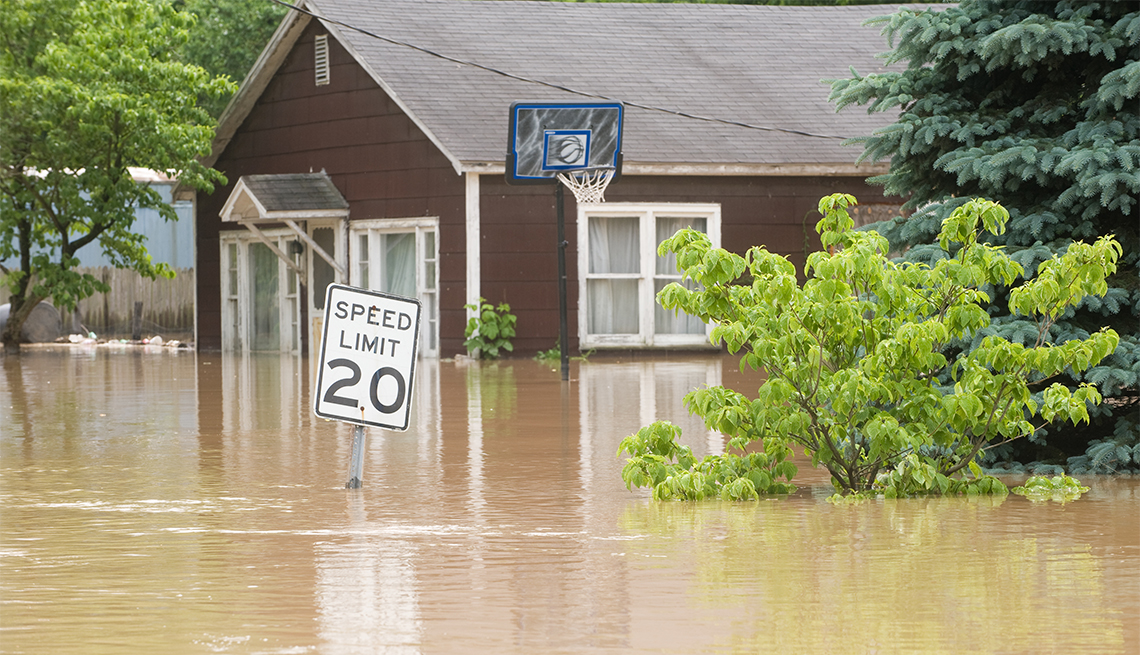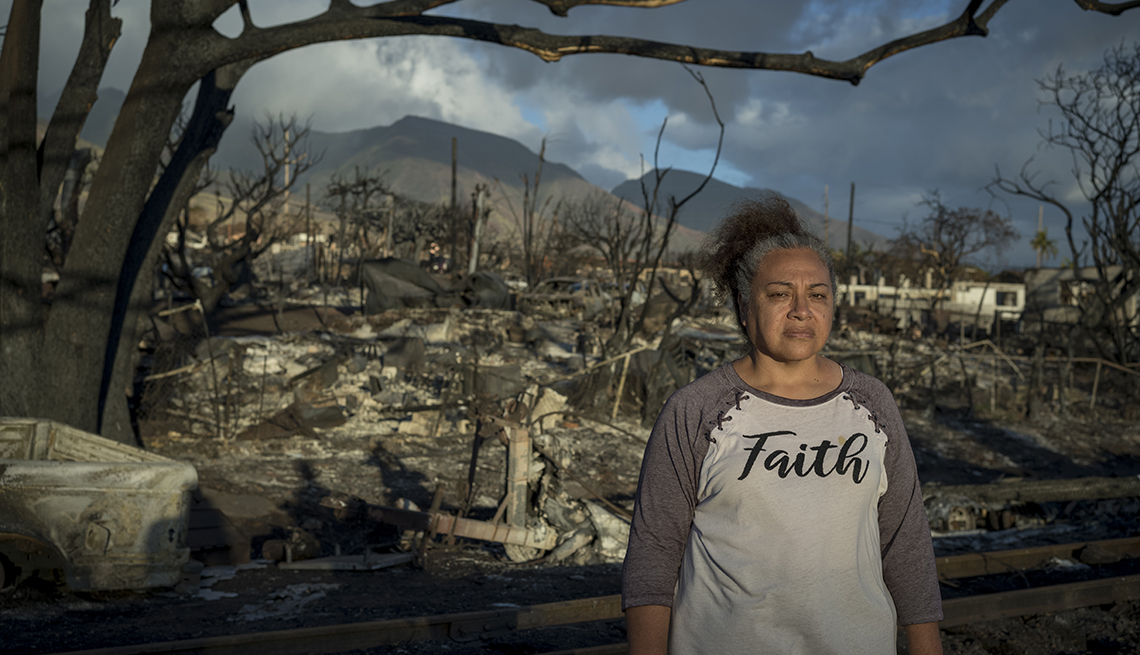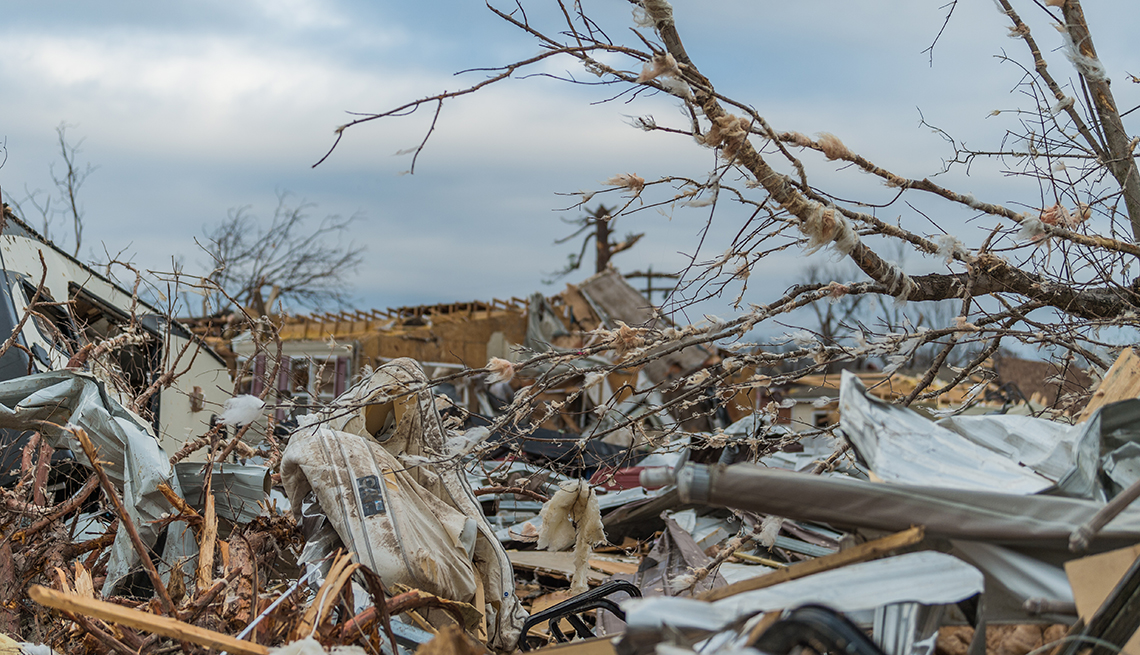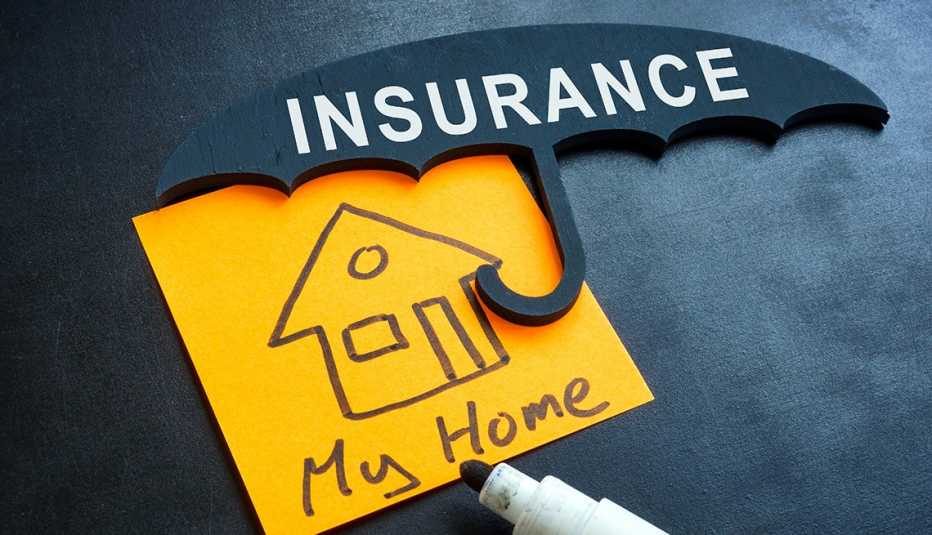Staying Fit
Hurricane Ian, a dangerous Category 4 storm, left a swath of destruction in Florida and South Carolina in September. The deadliest storm to hit Florida since 1935, Ian’s winds clocked at 150 miles an hour and packed flood surges of more than 12 feet.
Unfortunately, according to a CNN analysis of Federal Emergency Management Agency (FEMA) data, only about 25 percent of the single-family homeowners in hard-hit Lee County, Florida, have flood insurance. About half of the residents of Sanibel Island do. The number drops to 2 to 4 percent in the many inland communities that experienced catastrophic flooding. As a result, many people will struggle to get back on their feet.


AARP Membership— $12 for your first year when you sign up for Automatic Renewal
Get instant access to members-only products and hundreds of discounts, a free second membership, and a subscription to AARP the Magazine.
While other funds will be available from FEMA or perhaps from Congress, those funds are bound to be insufficient, Mark Friedlander, the corporate communications director of the Insurance Information Institute, told CNN. “People are going to be really disappointed when they see what funds they get and how short they are in helping them recover.”
“Flood victims might be eligible for federal disaster assistance,” says Danielle Miura, a certified financial planner (CFP) at Spark Financials in Ripon, California. The flood must be declared a federal disaster, she said. "Unlike flood insurance, which has higher coverage, federal disaster assistance usually has a low payout.”
A wake-up call
Atlantic hurricane season lasts from June through November. The widespread devastation these and other storms have caused should emphasize the need for flood insurance. Under the National Flood Insurance Act, lenders must require borrowers whose property is located within a regulatory floodplain to purchase it as a condition of receiving a federally regulated mortgage loan.
But you may need this coverage even if you don’t live on a waterfront or in a floodplain; flash floods can happen in many areas. Between July 24 and July 31 of this year, flooding hit parts of Missouri and Illinois, Eastern Kentucky, Southwest Virginia, parts of West Virginia, and the Las Vegas Valley.
Floodsmart.gov, a FEMA website, offers a trove of information about flood insurance, including a tool for estimating how much a flood might cost you. For example, just one inch of water could do $25,000 worth of damage to your home.
Flood insurance: fact vs. fiction
If you’ve never thought about this coverage, it may be due to some misconceptions. According to FEMA, these are common. Here are four common fictions about flood insurance:
You need to own a single-family home to buy flood insurance. Fact: It can also protect homes, condominiums, apartments and nonresidential buildings, and other commercial structures.
You can’t buy flood insurance if you live in a high-risk area. Fact: You can buy federal flood insurance no matter where you live if your community participates in the National Flood Insurance Program (NFIP), unless your property is in an area covered by the Coastal Barrier Resources Act of 1982.
You can’t buy it immediately before or during a flood. Fact: You can purchase flood coverage at any time, but there is a 30-day waiting period after you’ve applied and paid the premium before the policy is effective, with some exceptions.
You can’t buy it if your property has been flooded before. Fact: You can buy this coverage no matter many how many times your home, apartment or business has been flooded.



























































